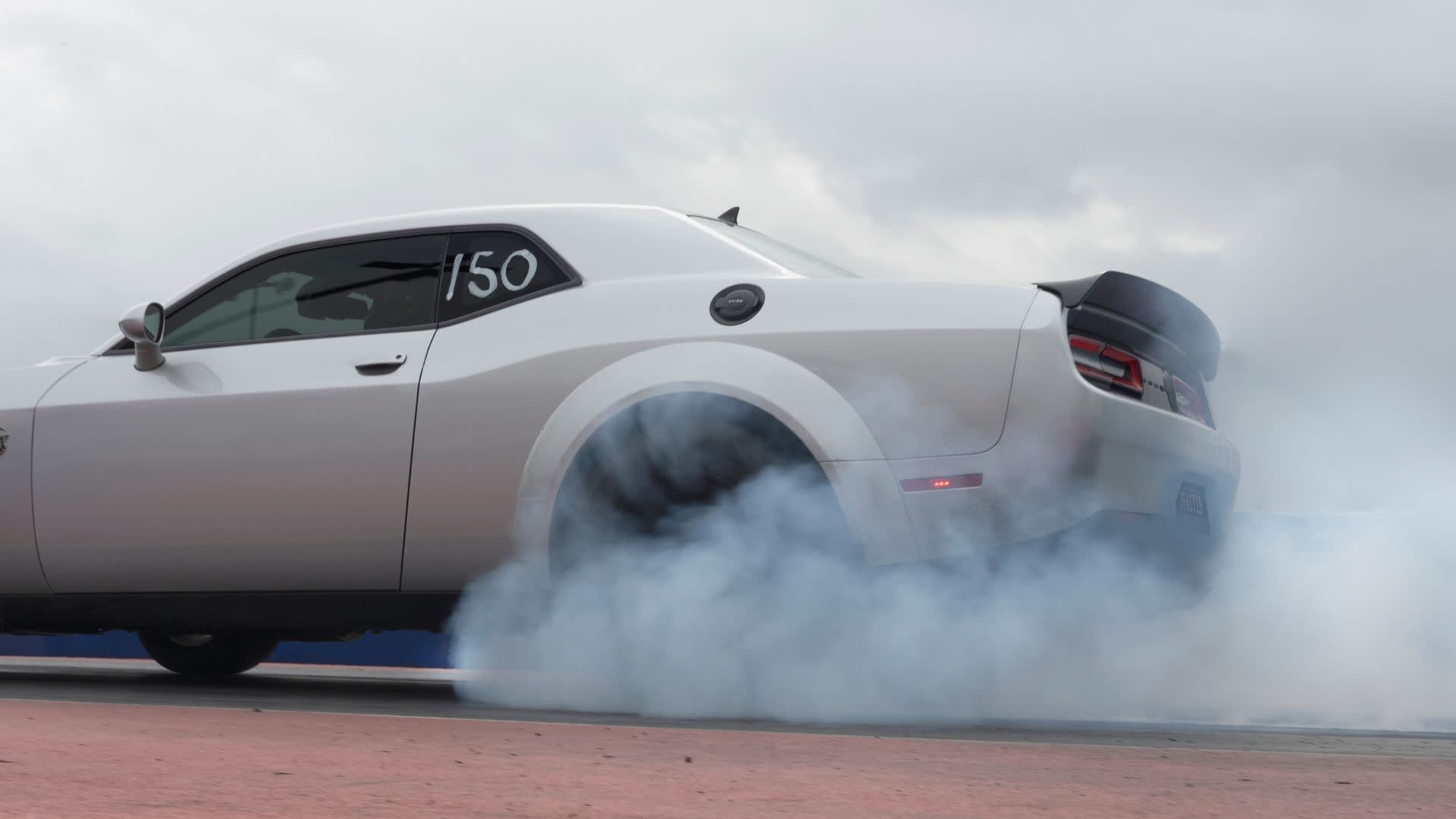Celestial slow dance over Kentucky skies to precede July’s triple meteor shower
KENTUCKY (FOX 56) — A celestial slow dance will happen Tuesday night in Kentucky skies ahead of a double meteor shower at the end of the month.
A post on Space.com highlighted how the moon will pass close to Saturn and Neptune on July 16, causing the two planets to be seen together in a pair of binoculars. The trifecta will linger together until the rising sun causes them to vanish from view.
Read more of the latest Kentucky news
While ordinarily impossible to see with the naked eye, Neptune’s bluish hue can be seen just to the upper left of Saturn.
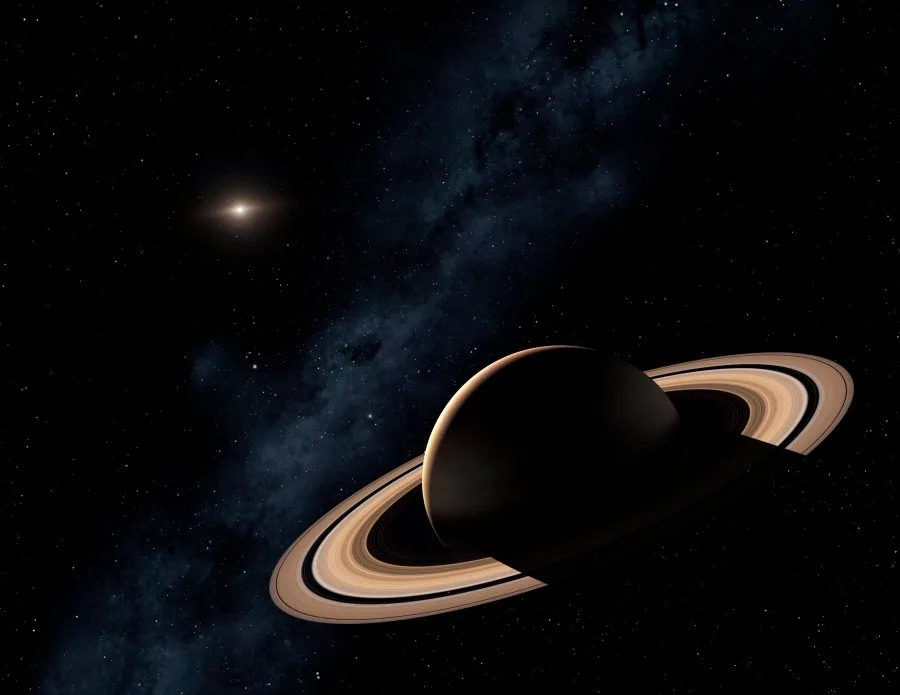
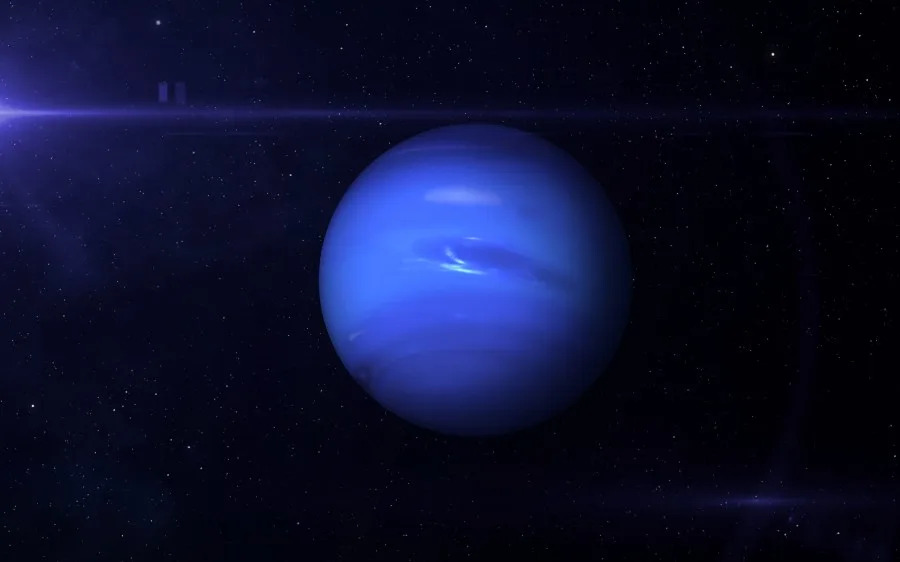 View of planet Neptune from space. Space, nebula and planet Neptune. Elements of this image furnished by NASA. ______ Url(s): “nhttps://photojournal.jpl.nasa.gov/catalog/pia01492″nSoftware: Adobe Photoshop CC 2015. Knoll light factory. Adobe After Effects CC 2017.”n
View of planet Neptune from space. Space, nebula and planet Neptune. Elements of this image furnished by NASA. ______ Url(s): “nhttps://photojournal.jpl.nasa.gov/catalog/pia01492″nSoftware: Adobe Photoshop CC 2015. Knoll light factory. Adobe After Effects CC 2017.”nIn a social media post, Sky Core noted that the best viewing conditions are expected just after 9 p.m. local time.
LATEST KENTUCKY NEWS:
Large structure fire reported at Woodson Bend Resort
Kentucky inmate alleged tried to escape, assaulted employees
Kentucky Gov. Andy Beshear tells South Carolina Democrats his record is a red state success story
Starting July 17, a roughly 2,000-year-old interstellar light show will kick off, with an expected 20 meteors an hour being possible.
The Perseids are expected to run through Aug. 23, peaking around Aug. 12, joining the already active Alpha Capricornids.
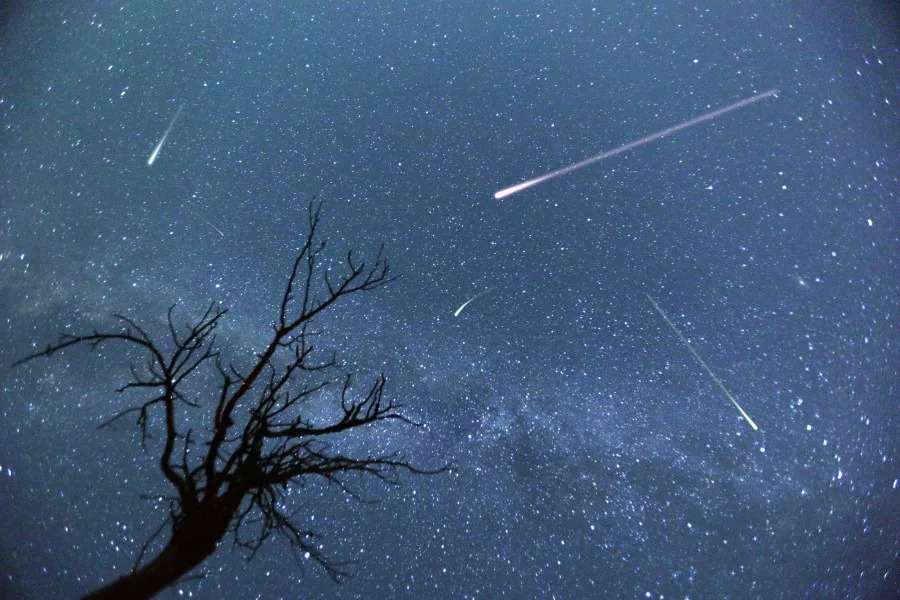 Composite image of shooting stars with a silhouette of a small tree during the 2015 Perseid Meteor Shower. (Getty)
Composite image of shooting stars with a silhouette of a small tree during the 2015 Perseid Meteor Shower. (Getty)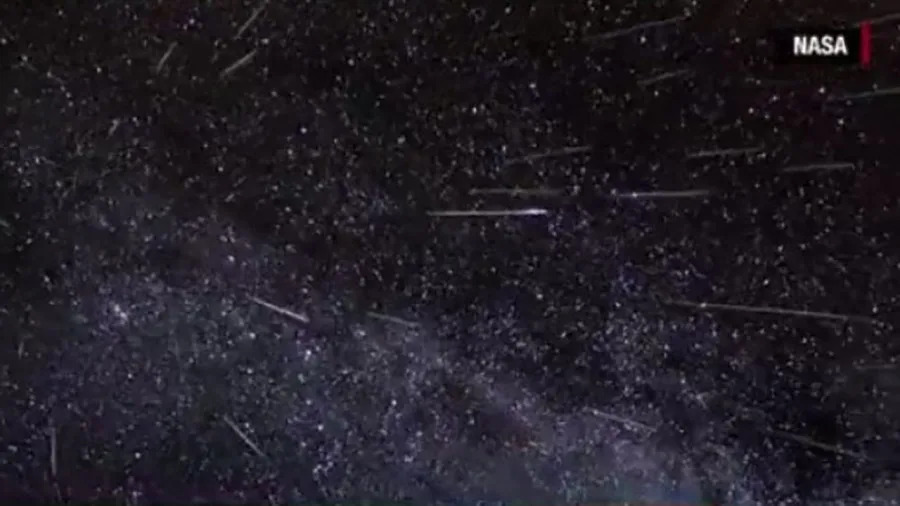 The Perseid meteor shower will peak early before sunrise on August 12, 2021. (NASA)
The Perseid meteor shower will peak early before sunrise on August 12, 2021. (NASA)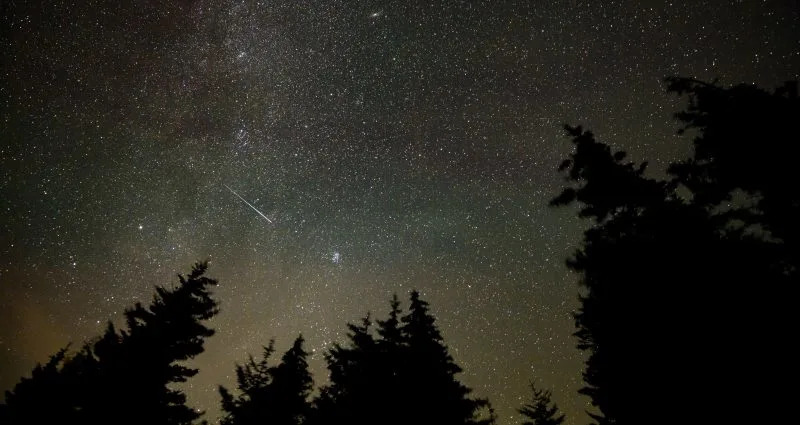 In this 30 second exposure, a meteor streaks across the sky during the annual Perseid meteor shower, Wednesday, Aug. 11, 2021, in Spruce Knob, West Virginia. Photo Credit: (NASA/Bill Ingalls)
In this 30 second exposure, a meteor streaks across the sky during the annual Perseid meteor shower, Wednesday, Aug. 11, 2021, in Spruce Knob, West Virginia. Photo Credit: (NASA/Bill Ingalls)The following day, the Southern Delta Aquariids will complete the cosmic trifecta, according to the American Meteor Society.
The Capricornids and Aquariids are expected to both peak between July 29 and July 30. According to Forbes, bright fireballs are common with the Capricornids, but only five or so shooting stars can be seen per hour.
Copyright 2025 Nexstar Media, Inc. All rights reserved. This material may not be published, broadcast, rewritten, or redistributed.
For the latest news, weather, sports, and streaming video, head to FOX 56 News.


